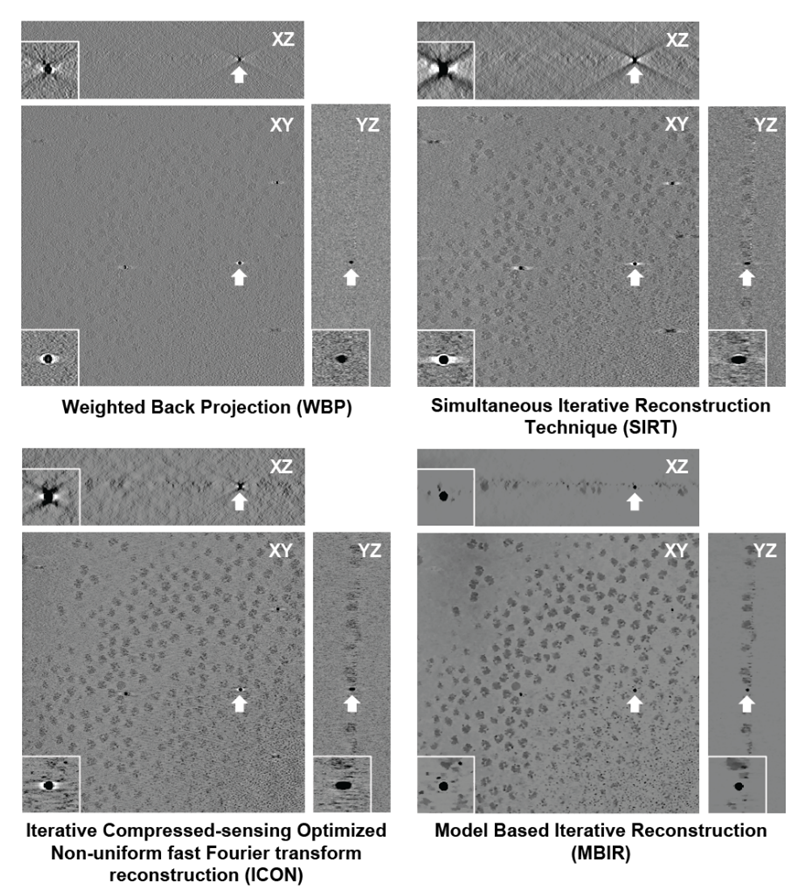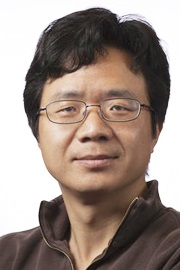
In this interview, AZoM talks to Wen Jiang, a Professor of Biological Sciences at Purdue University College of Science, about using cryo-EM to better understand biological functions.
What is your background with electron microscopy? How long have you used EM in your work?
I studied cryo-EM (cryo-electron microscopy) since my grad school time at Baylor College of Medicine, which was in 1996. I’ve been working with electron microscopy ever since.
Can you give us the elevator pitch for your group’s current research?
We're interested in cryo-EM method development and its application in the study of various biological systems (diseases, macromolecular complexes, etc.) as well as in drug discovery.
So, electron microscopy is really fundamental to your work?
That’s right; electron microscopy is my lifeblood. Everything's fundamentally about cryo-EM technique development and its applications.
What do you see in the future of cryo-EM? What needs to happen for us to get there?
Well, structural biology is really just a tool, it’s not itself the goal. It's just a way for us to understand biological functions, right? And if we truly want to understand how cell biology works, it must be in the context of the cell. So, we should always be moving towards in situ structures. That means that cryo-EM should allow us to determine in situ structures as well.
Of course, ideally, it should be as convenient as possible, so that we can get this information as easily as if we were determining the structures in vitro. Eventually, this would let us do whole-cell imaging and subsequent reconstruct of the entire cell contents. If we could do that, we would be able to know every protein’s location and use that information for a variety of applications, such as targeted drug treatment. So, eventually, that's what we would like to achieve. But that stage is a long way away; we have a lot of work left to do in order to bridge that technology gap.
Is there any recent work from your lab that you would like to highlight?
We’ve recently published a new cryo-electron tomography reconstruction method called Model-Based Iterative Reconstruction, or MBIR. More information on my lab can be found on our website.

Comparison of tomographic reconstruction methods applied to a cryo-ET dataset.
About Wen Jiang, Ph.D.
 Wen Jiang, Ph.D. is a Professor of Biological Sciences at Purdue University College of Science. We sat down with him at the 2019 American Crystallography Association Annual Meeting to discuss his background with EM and what he hopes to see in the future of the technique.
Wen Jiang, Ph.D. is a Professor of Biological Sciences at Purdue University College of Science. We sat down with him at the 2019 American Crystallography Association Annual Meeting to discuss his background with EM and what he hopes to see in the future of the technique.
Disclaimer: The views expressed here are those of the interviewee and do not necessarily represent the views of AZoM.com Limited (T/A) AZoNetwork, the owner and operator of this website. This disclaimer forms part of the Terms and Conditions of use of this website.